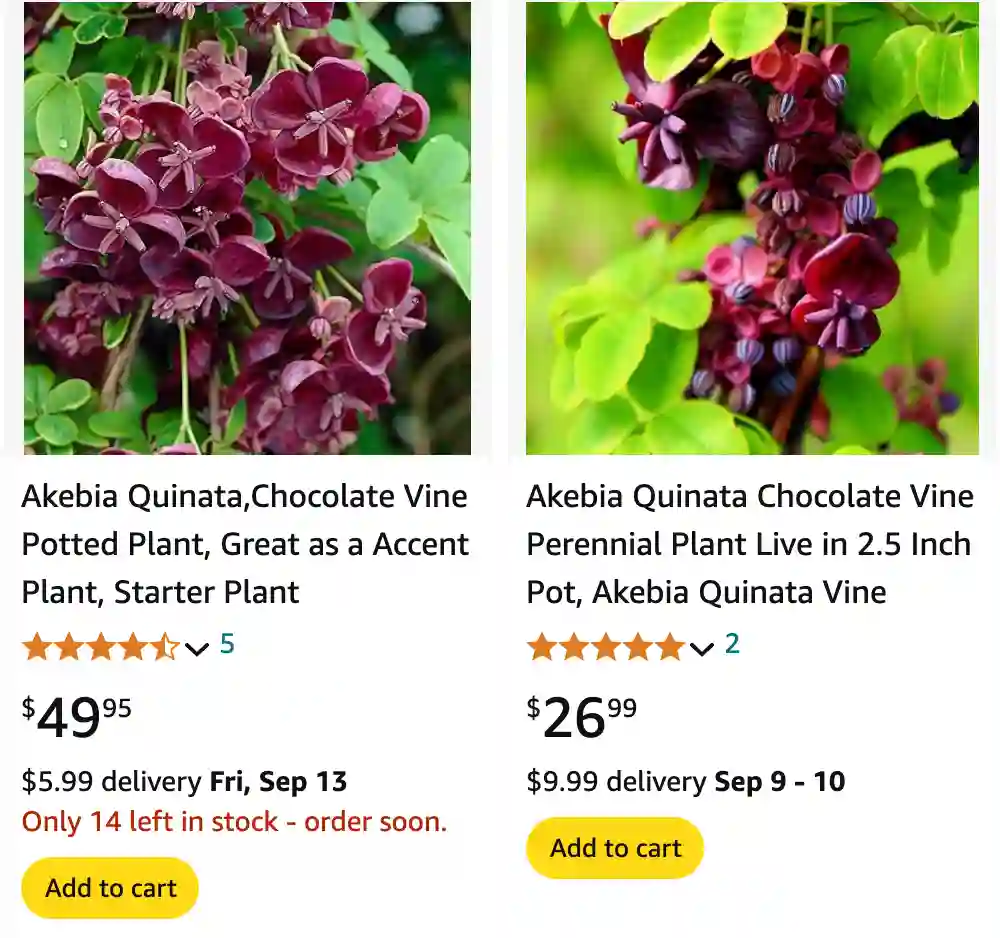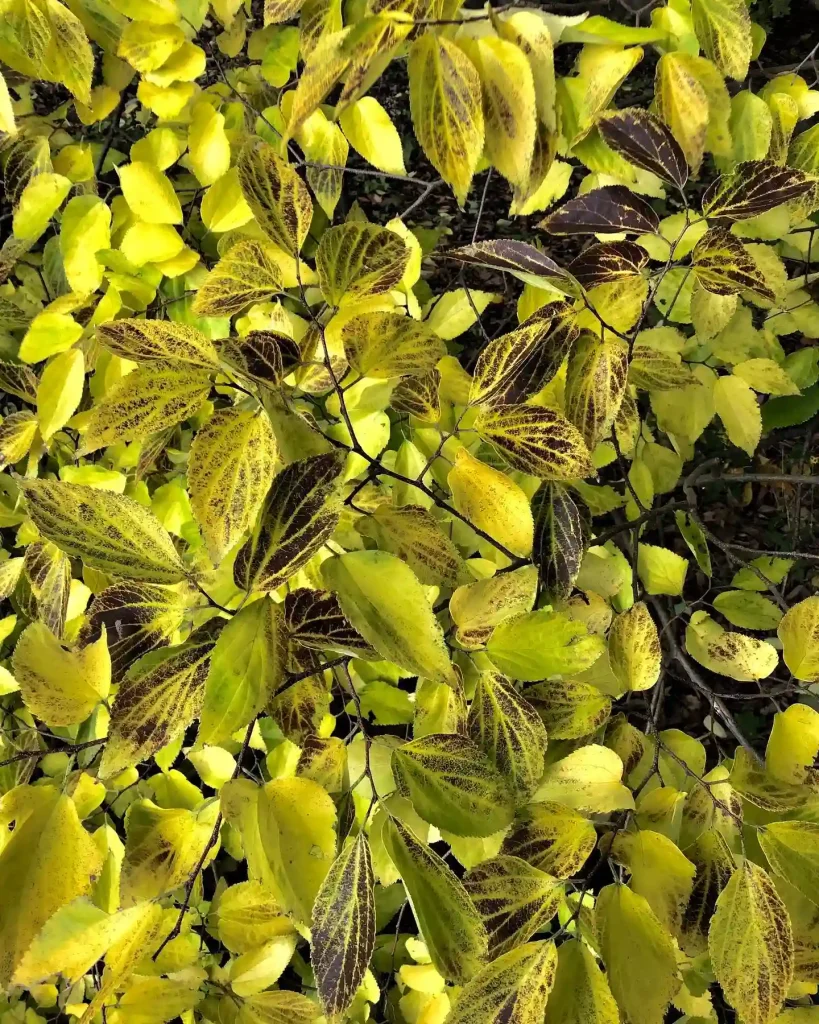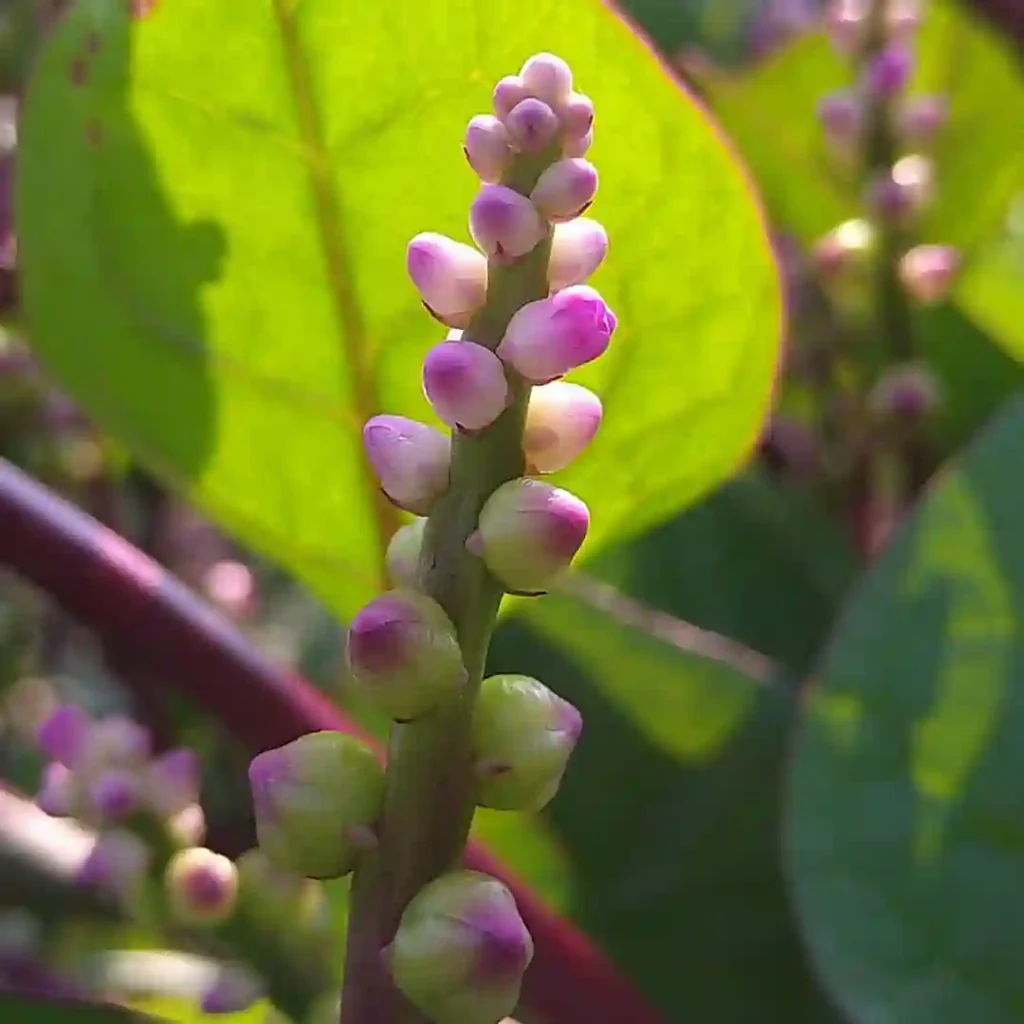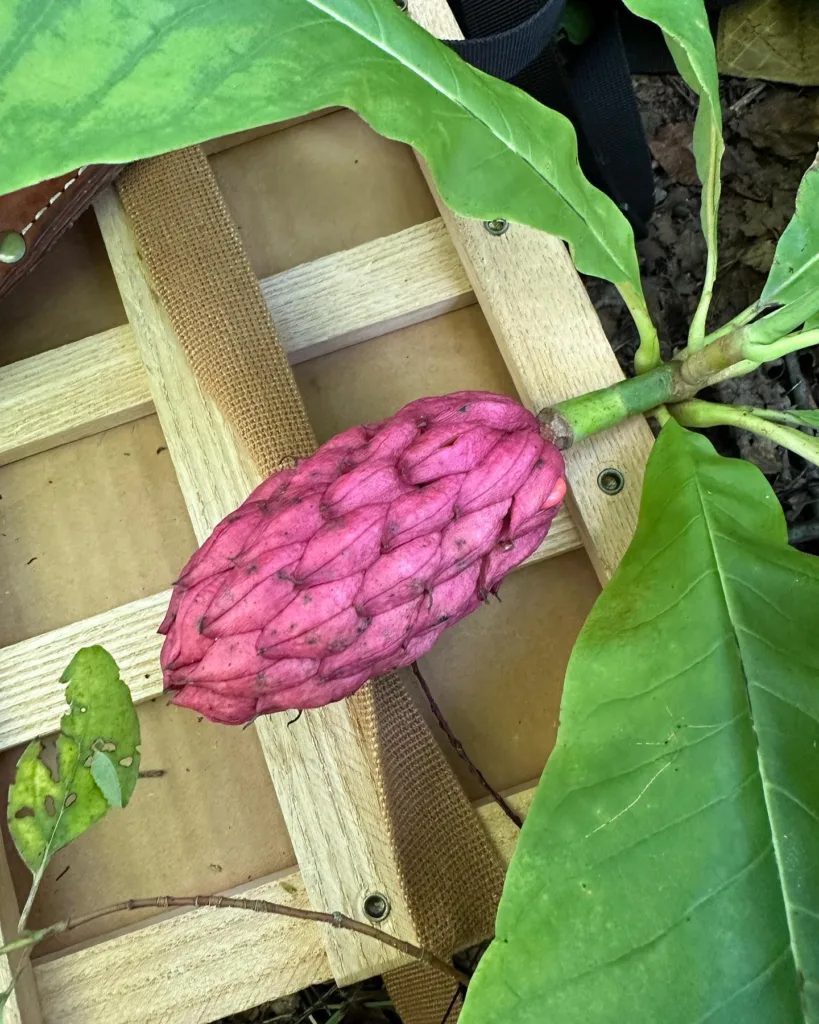
FAQs About Akebia Quinata
As a plant enthusiast, I’ve found Akebia Quinata, also known as the Chocolate Vine, to be a fascinating and versatile plant. In this article, I’ll answer some of the most frequently asked questions about this unique vine and share my personal insights.
6 Species in Genus Akebia
What is Akebia Quinata?
Akebia Quinata, commonly known as the Chocolate Vine, is a deciduous vine native to East Asia. It gets its name from the sweet, chocolate-like scent of its flowers. The plant features lush, green foliage, which turns purple in the fall, and unique purple flowers. It produces edible fruit that resembles a small cucumber or sausage and contains a jelly-like pulp.
How Fast Does Akebia Quinata Grow?
In my experience, Akebia Quinata is a fast-growing vine. Under ideal conditions, it can grow up to 20 feet in a single growing season. It thrives in well-drained soil and full sun to partial shade. Providing a sturdy support structure, like a trellis or arbor, helps it grow efficiently and reach its full potential.
Is Akebia Quinata Evergreen?
No, Akebia Quinata is not evergreen. It is a deciduous vine, meaning it sheds its leaves in the fall. During winter, the plant goes dormant, losing its foliage before budding again in the spring. The temporary loss of leaves doesn’t diminish its appeal, as its vigorous growth returns each year.
Is Akebia Quinata Invasive?
Akebia Quinata can be invasive in some regions. Its rapid growth rate and ability to spread via seeds and runners mean it can quickly outcompete native plants. In my garden, I’ve seen it take over areas if not kept in check. If you’re concerned about its invasive potential, consider planting it in a controlled environment or using barriers to prevent unwanted spread.
Where to Buy Akebia Quinata?
You can find Akebia Quinata at many local garden centers, nurseries, and online plant stores. I’ve had success purchasing from online nurseries that specialize in vines and exotic plants. When buying online, ensure the seller is reputable and offers healthy, disease-free plants.
How to Propagate Akebia Quinata?
Propagating Akebia Quinata is relatively simple. The most effective methods are through cuttings or seeds. To propagate using cuttings, take a 4-6 inch cutting from a healthy vine during the growing season. Remove the lower leaves and place the cutting in a pot with well-drained soil. Keep the soil moist, and in a few weeks, roots should develop.
Is Akebia Quinata Poisonous to Dogs?
While the fruit of Akebia Quinata is edible for humans, other parts of the plant can be toxic to dogs. Ingesting large quantities may cause stomach upset. If you have pets, it’s best to keep them away from this plant to avoid any potential health issues.
Can Akebia Quinata Grow Sideways?
Yes, Akebia Quinata can grow sideways. Its flexible vines allow it to spread horizontally along fences, trellises, and even the ground. In my garden, I’ve trained it to grow along a fence, creating a beautiful, natural privacy screen. Providing support helps it grow more efficiently and achieve the desired shape.
How to Eat Akebia Quinata Fruit?
The fruit of Akebia Quinata is edible and has a sweet, mild flavor. When ripe, the fruit splits open to reveal a jelly-like pulp filled with seeds. You can eat the pulp fresh, or use it in salads, desserts, or smoothies. The seeds are not typically consumed, so it’s best to scoop them out before eating.
How to Grow Akebia Quinata from Seed?
Growing Akebia Quinata from seed requires patience. Start by soaking the seeds in water for 24 hours. Then, plant them in a pot with well-drained soil, covering them lightly. Keep the soil moist and place the pot in a warm, sunny location. Germination can take several weeks to months, so be patient and provide consistent care.
Is Akebia Quinata Safe During Pregnancy?
There is limited information on the safety of Akebia Quinata during pregnancy. As a precaution, it’s advisable for pregnant women to avoid consuming the plant or its fruit. If you’re pregnant or planning to become pregnant, consult a healthcare professional before using or consuming Akebia Quinata.
Is Chocolate Vine (Akebia Quinata) Deer Resistant?
One of the benefits of growing Akebia Quinata is its resistance to deer. In my experience, deer tend to avoid this plant, making it an excellent choice for gardens in areas with high deer populations. Its tough, leathery leaves are not a preferred food source for deer, providing a natural deterrent.
When Does Akebia Quinata Flower?
Akebia Quinata typically flowers in the spring, around April or May. The flowers are small, fragrant, and range in color from purple to pink. The scent is often compared to chocolate, which is how the plant got its common name. The blooms are followed by the development of its distinctive fruit.
When to Plant Akebia Quinata?
The best time to plant Akebia Quinata is in the spring or fall. Planting during these seasons allows the vine to establish its roots before the extremes of summer heat or winter cold. Choose a location with well-drained soil and adequate support for the vine’s growth.
When to Prune Akebia Quinata?
Pruning Akebia Quinata is essential to control its growth and shape. I usually prune mine in late winter or early spring, before the new growth begins. Remove any dead or damaged stems, and trim back overgrown areas to maintain the desired size and shape. Regular pruning helps promote healthy growth and flowering.
Akebia Quinata vs Trifoliata
Akebia Quinata and Akebia Trifoliata are two different species of the same genus. While both are vines with similar growing habits, they differ in leaf structure and fruit. Akebia Quinata has five leaflets per leaf, while Akebia Trifoliata has three. The fruit of Akebia Trifoliata is also generally larger and less sweet compared to Akebia Quinata.
Can Akebia Quinata Grow Indoors?
Growing Akebia Quinata indoors is challenging due to its vigorous growth and need for space. However, with the right conditions, such as a large container, plenty of light, and a sturdy trellis, it is possible. I’ve tried growing it indoors, and while it did grow, it didn’t thrive as it does outdoors.
Benefits of Growing Akebia Quinata
Akebia Quinata offers numerous benefits, including its ornamental value, edible fruit, and deer resistance. Its rapid growth makes it an excellent choice for creating privacy screens or covering unsightly structures. The fragrant flowers and unique fruit add visual and sensory interest to any garden.
Common Problems with Akebia Quinata
While Akebia Quinata is relatively low-maintenance, it can encounter a few problems. Overwatering can lead to root rot, so ensure the soil is well-drained. Pests such as aphids and caterpillars may also be an issue, but regular inspection and appropriate treatment can keep these problems in check.
Akebia Quinata is a versatile and attractive vine that can add beauty and functionality to your garden. Whether you’re interested in its rapid growth, fragrant flowers, or edible fruit, this plant is worth considering. However, it’s essential to manage its growth and be mindful of its invasive potential in certain areas.
If i die, water my plants!



